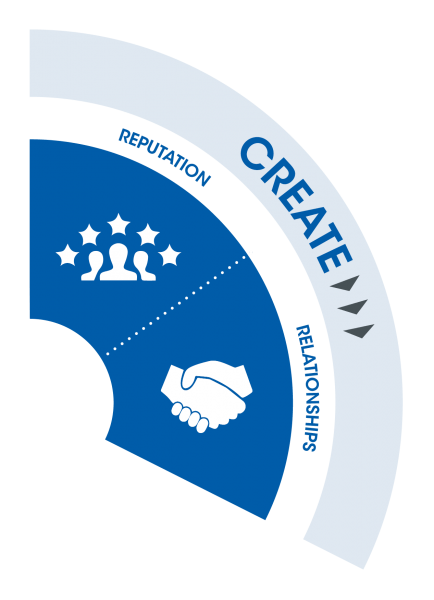 Storytelling connects people and builds trust in business, which means the best way to make your pitch memorable is to turn it into a story. This isn’t a new method – the blueprint for successful storytelling has been around for a long time. You only have to look at the structural mechanisms used in Hollywood or Ancient Greece to fully understand the impact a good story can make.
Storytelling connects people and builds trust in business, which means the best way to make your pitch memorable is to turn it into a story. This isn’t a new method – the blueprint for successful storytelling has been around for a long time. You only have to look at the structural mechanisms used in Hollywood or Ancient Greece to fully understand the impact a good story can make.
So what can we learn from the masters of story telling, when it comes to pitching in business? It’s all about copying their 3 act structure to make your pitch irresistible.
Act I: The Situation ((The hero’s world before the adventure starts)
To begin your story, paint a picture of the current situation. Demonstrate that you have an extraordinarily deep understanding of this part of the story by painting a picture laden with references to the client’s world. It is here that you should introduce your characters, ideally developing the protagonist (possibly your client or their customers). You need a hook that will capture their imagination early on, so if using a slide deck make the hook slide No.1! It should be something that will capture the attention, possibly even create some discomfort.
Act II: The Confrontation (The hero’s world is turned upside down)
Demonstrate the client’s problem, perhaps introducing it as small on the surface but one that becomes more complex the more you delve into it. Break the big problem down into its component parts and ensure your audience is clear about the size of the challenge. Try and build the tension as you tell the story, so that your audience will have an emotional response as you show what could happen if these issues are not dealt with. Develop high stakes! Your audience must feel that one more attack from the bad guys will result in disaster for the protagonist (and their business)!
Act III: The Resolution (Hero conquers villain, but it’s not enough for the hero to survive. The hero or the world must be transformed!).
Time to reveal your final act. Using your solution, show the protagonist overcoming a myriad of obstacles and demonstrate how each issue gets blown away. You need to give your audience an exciting dopamine hit by giving glimpses of the solution that will work for them. Use your storytelling to create a picture of the utopian future, one where your client longs to be!
Then it is time for the big finish. This is where you bring it all together to create the happy ending for your story and your client. All the trials and lessons your character has endured help them to solve the problem, and to save the day (and all with your help)!





 We are a business development consultancy which is passionate about helping our clients develop processes, skills and behaviours that will result in increased sales and improved margins.
We are a business development consultancy which is passionate about helping our clients develop processes, skills and behaviours that will result in increased sales and improved margins. 

